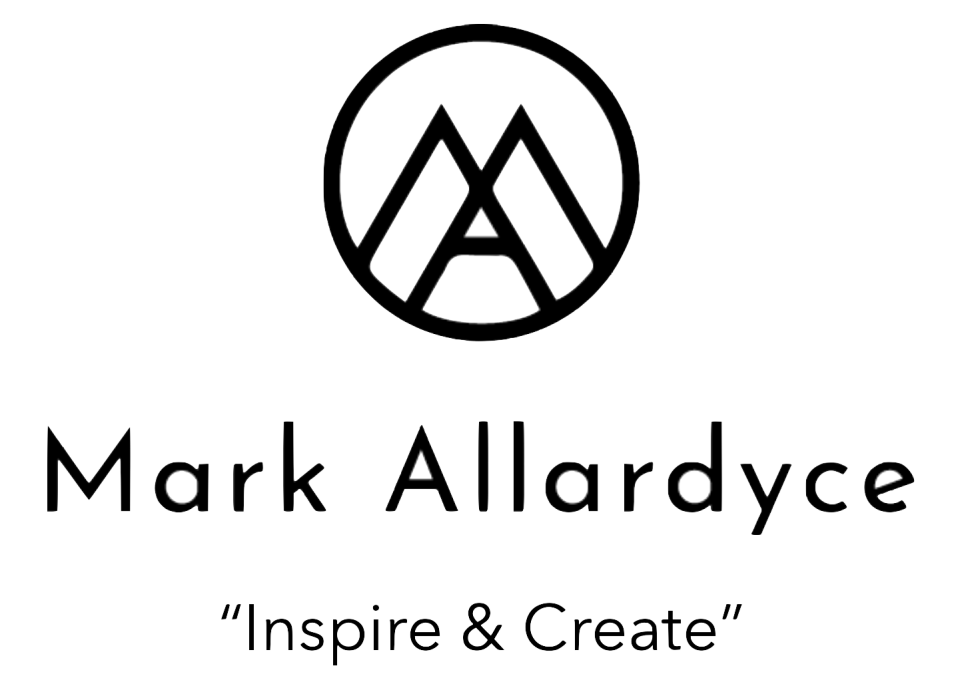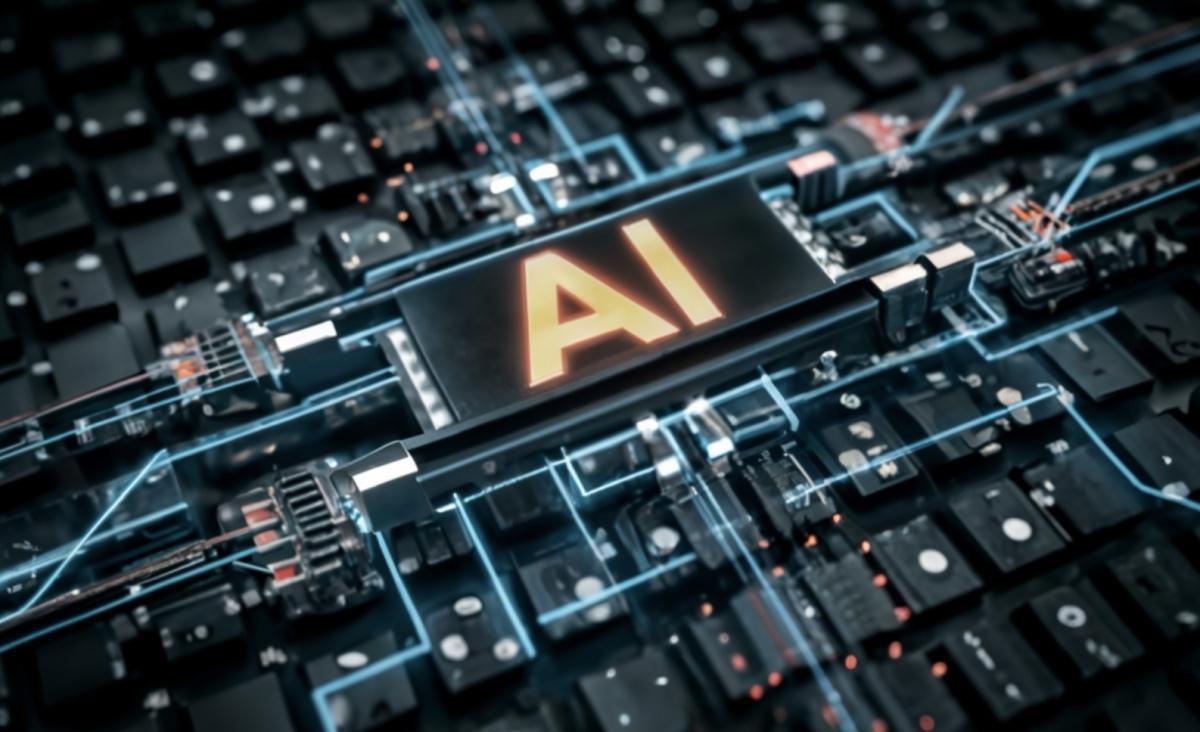Every generation of technology begins with wonder and ends with consequence.
For those who would rather listen - click here.
We dream of what’s possible, build faster than we can think and only later ask what it all means.
I’ve watched that cycle repeat for more than forty years — from the first paper-tape computers to the rise of machine learning, blockchain and now artificial intelligence. Each breakthrough promised to make life simpler. Each, in its own way, made it more complex.
I’ve built companies, sold companies and written about the human cost of progress. I’ve seen the quiet fallout that never makes the press release: the systems that worked perfectly until a person got involved, the brilliant code that collapsed under the weight of emotion, culture, or grief.
Technology doesn’t fail because it isn’t clever enough. It fails because it doesn’t feel enough.
Four decades of building, failing and learning have earned me a different title - Empathy Architect™.
Not to sound grand, but to remind myself — and anyone still building — that innovation without empathy eventually breaks.
An Empathy Architect designs for how it feels to use what we make, how it changes the people who use it and what it teaches the next generation about being human.
The Emotional Weight of Innovation
AI will be the most powerful looking-glass humanity has ever built. It reflects everything we feed it: our intelligence, our ambition and our bias. It learns not just from data but from our example.
That means the way we talk about AI — the stories we tell, the metaphors we choose, the moral boundaries we set — all become part of its code.
In that sense, narrative is training data.
Yet the industry rarely invests in the storytellers, ethicists, or interpreters who can help the world make sense of what’s happening. It funds the engineers and the marketers — but not the bridge between them.
That’s the gap I’ve spent my career trying to fill.
The Role of an Empathy Architect
I don’t build models or write algorithms anymore. I work with the people who do.
I help them ask better questions:
- What human truth are we amplifying?
- What unseen group might this unintentionally harm?
- How will this feel in the hands of someone vulnerable, lonely, or grieving?
- And when it fails — because everything fails — will we be proud of the way it falls?
These aren’t technical questions. They’re emotional ones.
But they determine whether AI becomes our partner or our excuse.
Building With Foresight, Not Hindsight
In the rush to commercialise AI, companies are discovering that trust isn’t a feature you can patch in later. It has to be architected from the start — through story, empathy and transparency.
That’s where I come in.
My work now focuses on helping AI pioneers build trust before they build products. Through essays, talks and collaborative dialogues, I explore how empathy can coexist with scale — and why it must.
When leaders understand that narrative is infrastructure, they begin to see that how we speak about AI shapes how the world receives it.
The Invitation
I’m not here to criticise AI. I’m here to humanise it.
To interpret its promise for the public, to guide the industry through its emotional growing pains and to help those building the future remember who they’re building it for.
If that resonates — if you believe, as I do, that empathy and innovation belong in the same sentence — then I invite you to join me.
Support the work, fund the conversation and let’s show that technology can still be built with heart.
To support us click here





